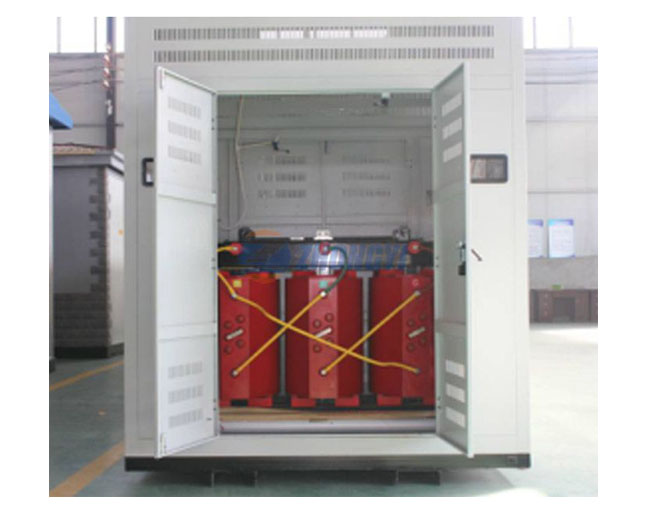Apr. 17, 2021
Resin-insulated Dry Type Transformer
Oil-immersed transformer
According to IEC 60076, the standard conditions of utilization of the transformers for outdoor and indoor installation are the following:
Altitude ≤ 1000 m
Maximum ambient temperature: 40 °C
Monthly average temperature: 30 °C during the hottest month
Annual average temperature: 20 °C.
For other service conditions
For oil-immersed transformer the IEC 60076-2 specifies the oil and winding temperature rise.
For dry type transformer, the IEC 60076-11 specifies the thermal class.
Flame retardant, non-pollution, can be installed directly in the load centre. Maintenance-free, easy to be installed, low operating costs.
The temperature surrounding the transformer is linked to the outdoor service condition, it's cooling mode and efficiency when installed in a room, and its load. Two loading guides can help to verify if the transformer is correctly defined according to the expected lifespan, which is respectively the IEC 60076-7 and IEC 60076-12.
An annex within the HV/LV prefabricated substation standard IEC 62271-202 gives several examples of installation, based on these two guides.

The dry-type transformers shall comply with IEC 60076-11:
Each individual winding of these transformers is cast in resin according to a vacuum dedicated process.
The high voltage winding, the low voltage winding and the frame are separated by air.
Epoxy-resin based on bisphenol A with a viscosity that ensures complete impregnation of the windings.
Anhydride hardener modified to introduce a degree of resilience in the moulding, essential to avoid the development of cracks during the temperature cycles occurring in normal operation.
Pulverulent additive composed of trihydrated alumina Al (OH)3 and silica which enhances its mechanical and thermal properties, as well as giving exceptional intrinsic qualities to the insulation in the presence of heat.
This three-component system of encapsulation gives insulation system temperature 155°C (F) with an average winding temperature rise limit at rated current Δθ = 100 K which provides excellent fire-resisting qualities and immediate self-extinction. The moulding of the windings contain no halogen compounds (chlorine, bromine, etc.) and no other compounds capable of producing corrosive or toxic pollutants, thereby guaranteeing a high degree of safety to personnel in emergency situations, notably in the event of a fire.
These transformers are classified as nonflammable. Transformers exposed to a fire risk with low flammability and self-extinguishing in a given time.
They are also exceptionally well adapted for hostile industrial atmospheres and comply with the following class of environment:
Class E3: up to 95 % of humidity and/or high level of pollution
Class C3: utilization, transport and storage down to -50 °C.
Local regulations and recommendations. In some countries, dry-type transformers are mandatory for specific buildings such as hospitals, commercial premises etc.
Risk of fire
Prices and technical considerations, taking into account the relative advantages of each technology.
Previous: Why Are Substations Needed?
Contact Us
Contact us. Together with us, inspire boundless creativity
NAVIGATION
Tel: +86 312 5880165
Mob: +86 135 1322 2010
Fax: +86 312 5880165
E-mail: gracejia@zydqjt.com
Skype: +86 135 1322 2010
WhatsApp: +86 135 1322 2010
Wechat: +86 135 1322 2010
FOLLOW US
Add: Room A1109, No.483 Yulan Street, Baoding City, Hebei Province, China
